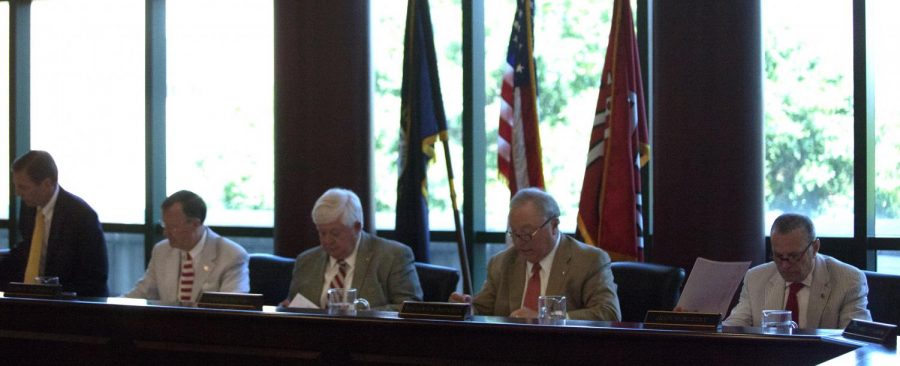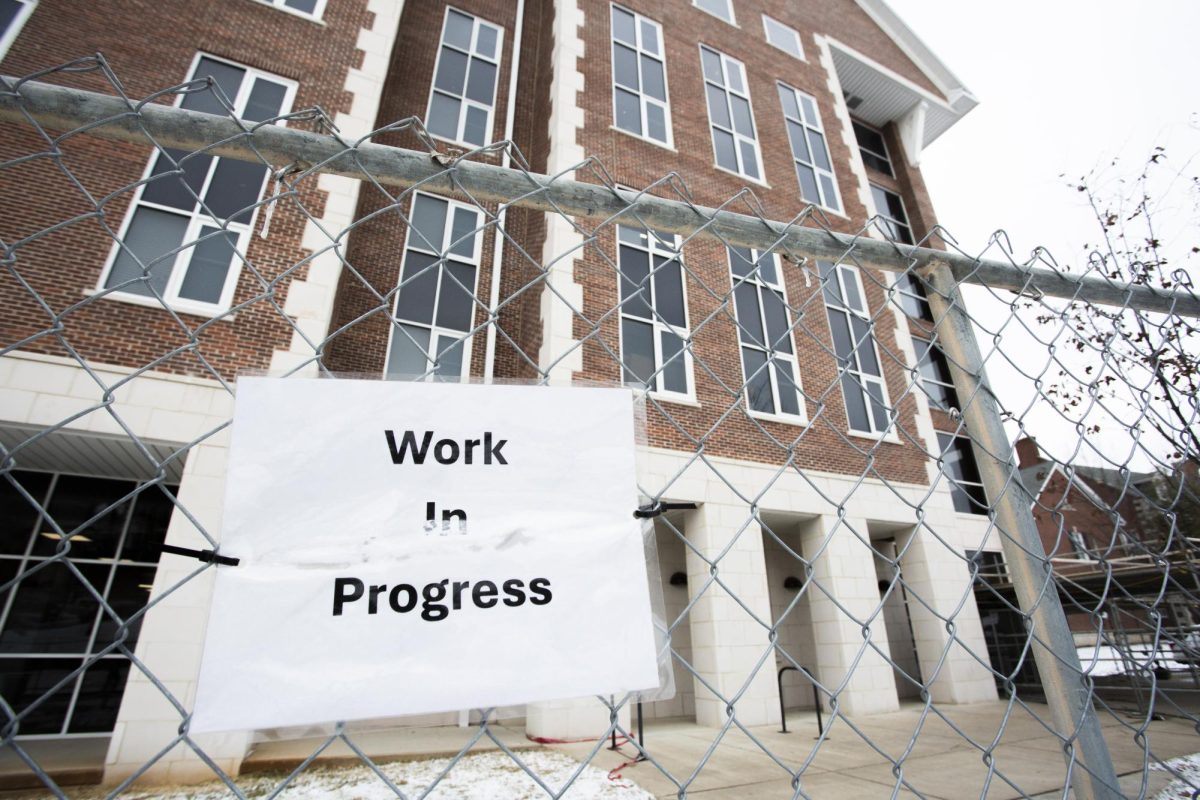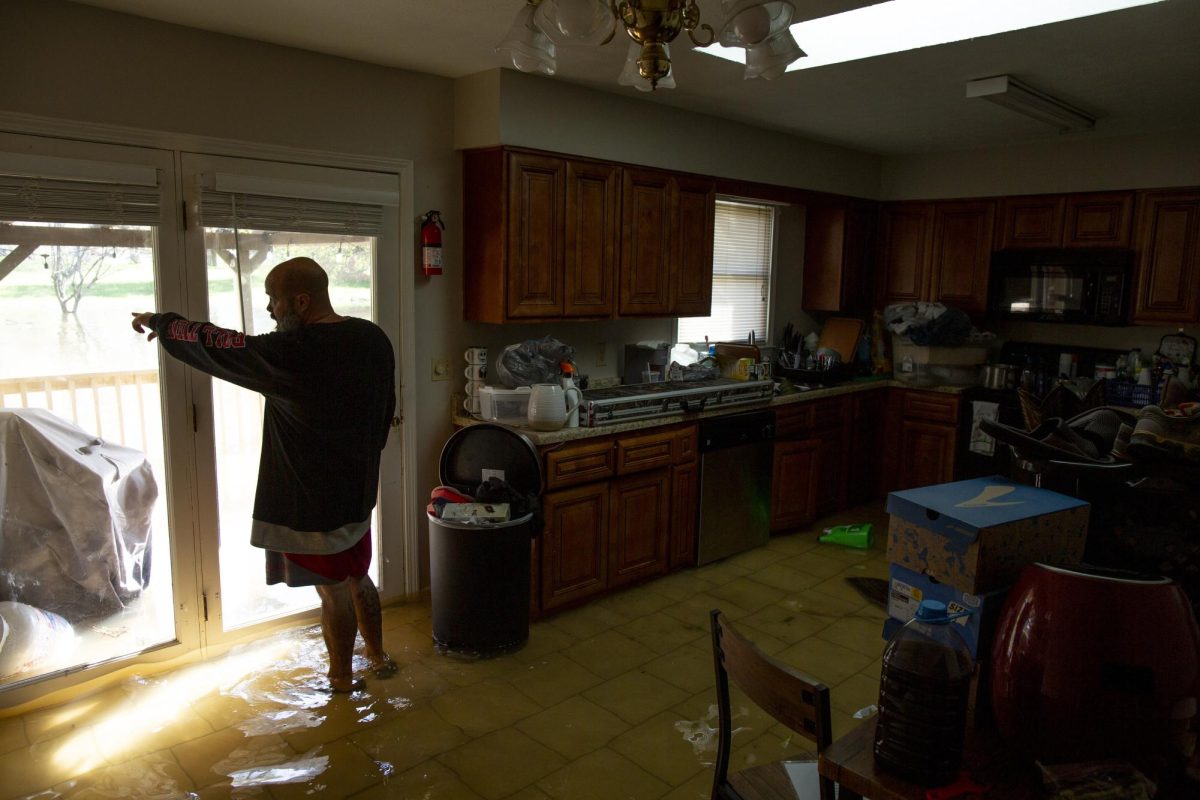Finance and Budget Committee approves 2016-2017 operating budget
June 20, 2016
The Finance and Budget Committee approved the 2016-2017 school year’s operating budget, audit plan, personnel actions and general receipts bonds in a meeting on Monday morning.
The new operating budget for WKU for the upcoming school year is estimated at $402.25 million, which is a 1.4 percent increase from the 2015-2016 school year.
In the meeting, the cost of attendance for the 2016-2017 school was estimated at $21,436 as the cost of attendance for the previous school was estimated at $20,752.
Within the proposed budget, in-state tuition will have a 4.5 percent increase to $4,956 a semester, while non-residents and international students’ tuitions will have just a 2.7 percent increase to $12,396 and $12,720.
“What that achieves is that we have had a policy that non-residents should be two and a half times of the resident rate and over several years of doing the across board increases this helps to bring the rate closer to our target and what is a competitive rate in the market,” said Ann Mead, senior vice president for finance and administration. “Many of these rates are based on input from enrollment management, admissions, graduate studies and provost.”
However, there was mild disagreement at the meeting about in-state tuition receiving a higher percentage increase than that of non-residents and international students.
“That is a concern to me,” Faculty Regent Barbara Burch said. “I think we are in a different kind of time where there is more scrutiny on cost of education to our Kentucky students and residential students.”
“It seems like the greater you reduce the differential between your international and your nonresidents and your in-state students, the greater the cost is to your in-state students,” Burch said. “Philosophically, where are we? Is it our goal to continue to make it more affordable for international students and non-residents at the cost of resident students?”
WKU President Gary Ransdell was able to quickly respond to Burch’s concerns on the matter.
“Our single, bar-none and far and away greatest priority are our Kentucky residents,” Ransdell said. “Our secondary (priority) is our domestic U.S. students, and our third priority would be international students. But that doesn’t mean that we don’t fund some things at a great cost because it costs more to recruit international students. So it’s a balance.”
Fellow Board of Regents Member John Ridley also disagreed with Burch on the matter.
“There is no question that we are trying to get the best value for our Kentucky students,” Ridley said to Burch. “So, to bring this up as if we are not, I think is very dangerous. I don’t really like the way you are approaching this.”
Also discussed in the meeting was the projected revenue by source. In the current projected revenue by source 50.9 percent is predicted to come from tuition and fees while only 17.9 percent of the projected revenue is projected to come from state appropriation.
“As we have highlighted in previous budget presentations, that has continued to be a variable that’s very significant to an unfortunate growth we have to have in tuition and fees in order to cover our fixed cost increases,” Mead said. “If you compare that to 2008, the 50.9 percent was actually 38 percent tuition and fees and state appropriation was 27.4 percent.”
“The last time we had state appropriation this low was fiscal year 2003,” Mead said. “Having just a one percent increase in state appropriation since 2003 posts significant challenges to this university.”
In the reallocation plan that was also approved in the meeting, new revenue to central funding was estimated at $600,000.
“That is based on an assessment to full-time students that take an online course as part of their course load,” Mead said. “Currently, they pay a charge of $79 per credit hour for those online courses. This will assess them at $100 per credit hour which is $21 more.”
The total reduction/reallocation in the plan was estimated at $6 million
It was also announced that Gatton Academy would share a budget cut equated to nine students. The academy will accept approximately 95 students each year and will have approximately 190 total starting with the 2017-2018 school year.
Zack Ryle, assistant director of admissions and public relations for Gatton Academy, said that the original plan was to accept 100 students each year and have a total of 200 students in the building.
Meal plans for students will also see an average increase of 3.7 percent for meals per week. The 12 meals per week meal plan will see the largest percentage increase at 5.95 percent.
The weighted average for all housing rates on campus is $4,463 compared to $4,268 during last school year. The residence halls, which will see the largest percentage increase in the budget plan, are the Kentucky Street Apartments which will see a $215-$250 increase.
*Editor’s Note: In the original version of this story, it was reported from the Finance and Budget meeting that Gatton Academy would be taking in a total of 71 students over the next two years. This fact was incorrect as the Academy will be taking in 95 students each year. The Herald regrets this error.















